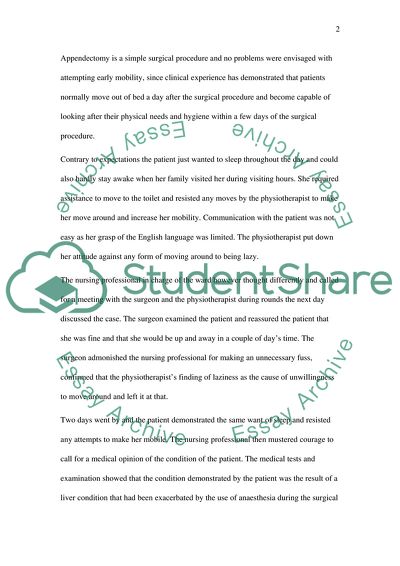Cite this document
(Person Centred Care and Inter-Professional Practice Assessment Coursework, n.d.)
Person Centred Care and Inter-Professional Practice Assessment Coursework. https://studentshare.org/nursing/1708167-person-centred-care-and-interprofessional-practice-assessment
Person Centred Care and Inter-Professional Practice Assessment Coursework. https://studentshare.org/nursing/1708167-person-centred-care-and-interprofessional-practice-assessment
(Person Centred Care and Inter-Professional Practice Assessment Coursework)
Person Centred Care and Inter-Professional Practice Assessment Coursework. https://studentshare.org/nursing/1708167-person-centred-care-and-interprofessional-practice-assessment.
Person Centred Care and Inter-Professional Practice Assessment Coursework. https://studentshare.org/nursing/1708167-person-centred-care-and-interprofessional-practice-assessment.
“Person Centred Care and Inter-Professional Practice Assessment Coursework”. https://studentshare.org/nursing/1708167-person-centred-care-and-interprofessional-practice-assessment.


